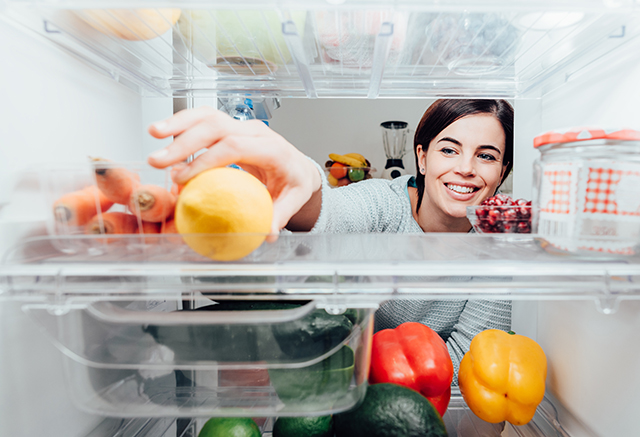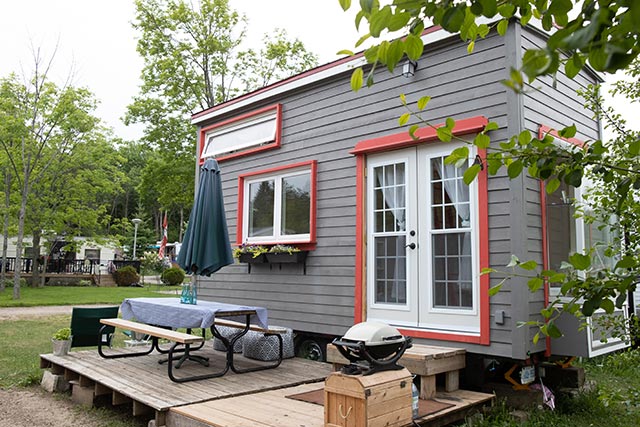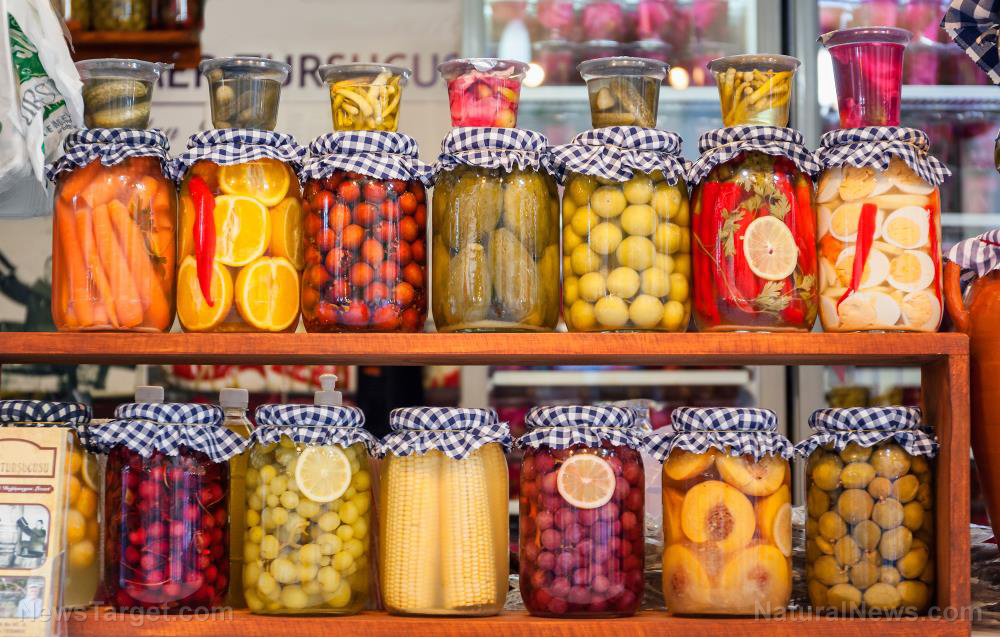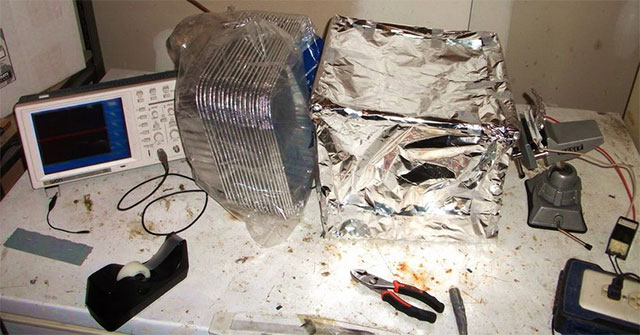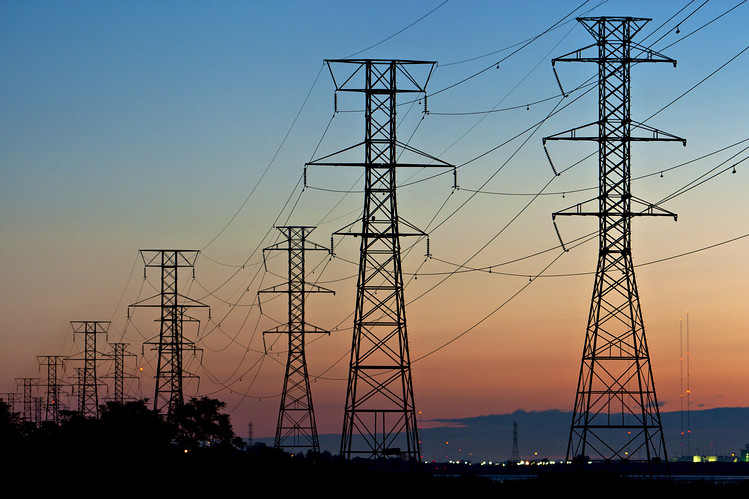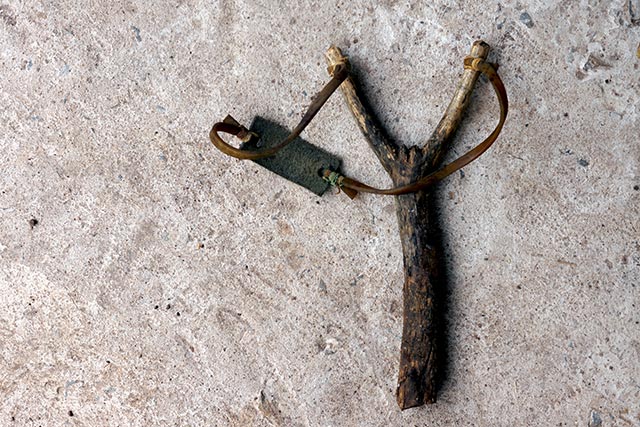Stockpiling food for the long haul: Some essentials will last forever as long as they’re sealed
07/19/2019 / By Stephanie Diaz
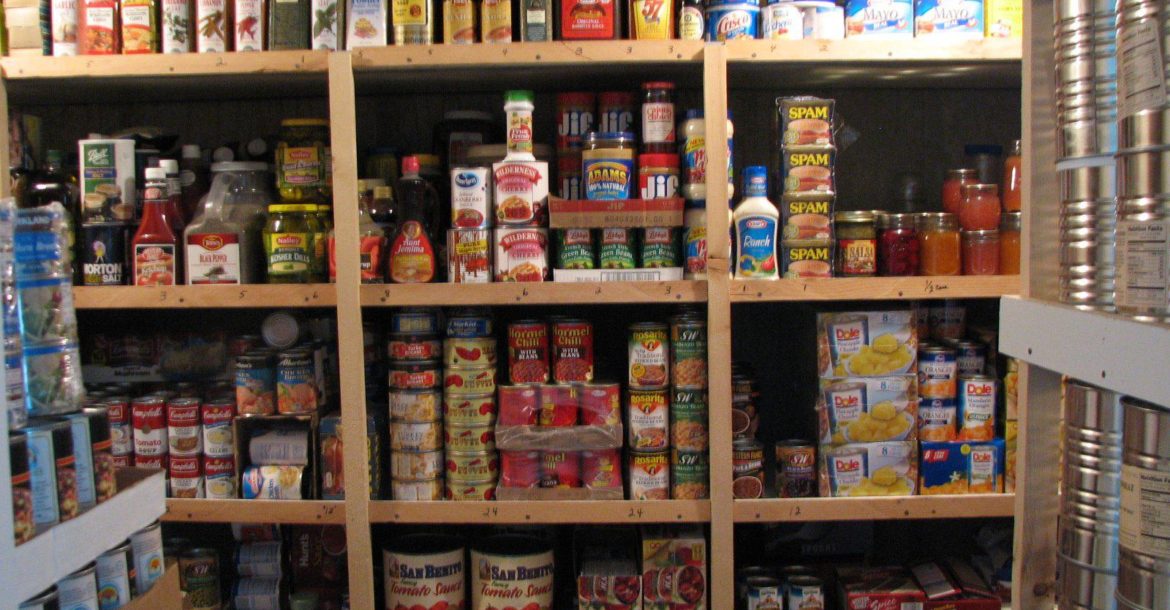
In this day and age, it’s hard to imagine that there would be a time where the supply of food is limited. The Japanese felt the same way before the Hiroshima and Nagasaki bombings occurred – the entire country starved for months and many children died because of hunger and malnutrition.
It is essential to have a steady food supply in a disastrous situation. Fortunately, there is a wide variety of food that can last for the long haul, as long as they are properly stored. (h/t to AskAPrepper.com)
Shelf-stable food items that will last for years
There is an abundance of food that can be stockpiled. These foods are shelf-stable and could last for a long time in storage. The list below details some of these foods and ways to protect them during storage. (Related: 10 affordable food and nutritional items you can stockpile before the big crisis hits.)
Baking soda
Baking soda is shelf-stable and can last for years. It can be used for baking bread and can be added to certain foods. If you scour recipe books, you will find that baking soda has many other uses outside of cooking.
Baking soda is hygroscopic and will clump when there is excess moisture. Ensure that baking soda containers are well sealed to keep it from going bad.
Grains
Grains are a good source of carbohydrates and will give you the energy boost that you need in case SHTF. The best way to protect grains is by putting them in a vacuum sealed plastic. This air-tight packaging will prevent moisture from seeping in. It will also prevent growth and infestation of weevils and other pests.
The power of the elements: Discover Colloidal Silver Mouthwash with quality, natural ingredients like Sangre de Drago sap, black walnut hulls, menthol crystals and more. Zero artificial sweeteners, colors or alcohol. Learn more at the Health Ranger Store and help support this news site.
During ancient times, people used to put grains in clay pots. Nowadays, people use plastic buckets and foil pouches to store grains. Adding a piece of oxygen absorber will ensure that the grains will not turn rancid and will last for years to come.
Popcorn
The non-microwaveable kind of popcorn will not turn rancid if stored properly. Like grains, you can place popcorn in airtight containers to keep it fresh. Popcorn can be milled and turned into starch that can be used as an ingredient for bread and cookies. You can also use starch to thicken soups and other savory dishes.
Salt
Salt does not expire and can be used as a preservative. When added to food, salt binds with excess water to reduce the amount of moisture. Consequently, this creates a dehydrating effect in food and makes it harder for bacteria and mold to survive.
Store salt in a cool and dry place to keep it away from moisture.
Beans
Beans are a staple food in many parts of the world. Just like popcorn, you can mill beans and convert it to flour, which you can then use for baking. There is a wide variety of beans available in the market. Chickpeas, mung beans, and white kidney beans are some examples of legumes that you can find in your local grocery.
Beans from the shelves are not packaged for long-term use. Thus, it is important to transfer these legumes into air-tight containers to make sure that they last for years.
Sugar
Aside from being a source of energy, sugar can be used to preserve food. It is the main ingredient of jams, jellies, and preserves.
As long as you keep it in a cool and dry place, sugar is going to last for a long time. However, you must make sure that it is stored in a tightly sealed container to prevent ant infestation.
This list only scratches the surface. There are plenty of shelf-stable food in the market that you can add to your coffer of emergency food.
Sources include:
Tagged Under: bug out, emergency food, food collapse, food supply, forever foods, homesteading, how-to, off grid, pantry, preparedness, prepper, prepping, self sufficiency, SHTF, stable food, starvation, stockpiling, survival, survival food, sustainable living
RECENT NEWS & ARTICLES
COPYRIGHT © 2017 · SURVIVAL NEWS

